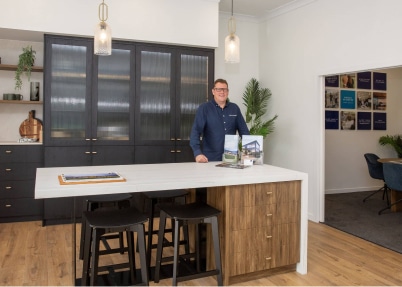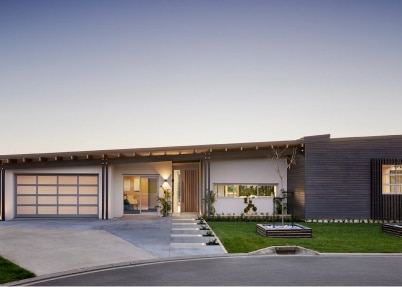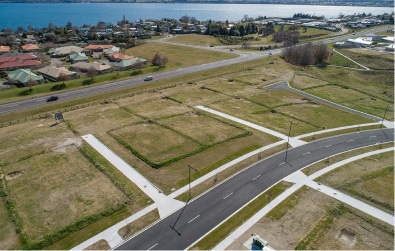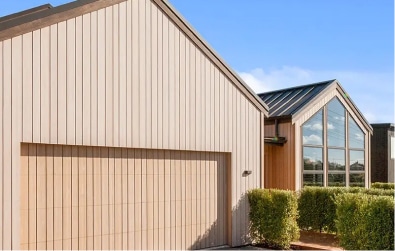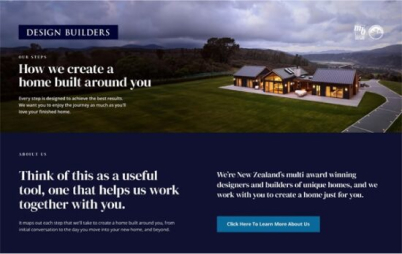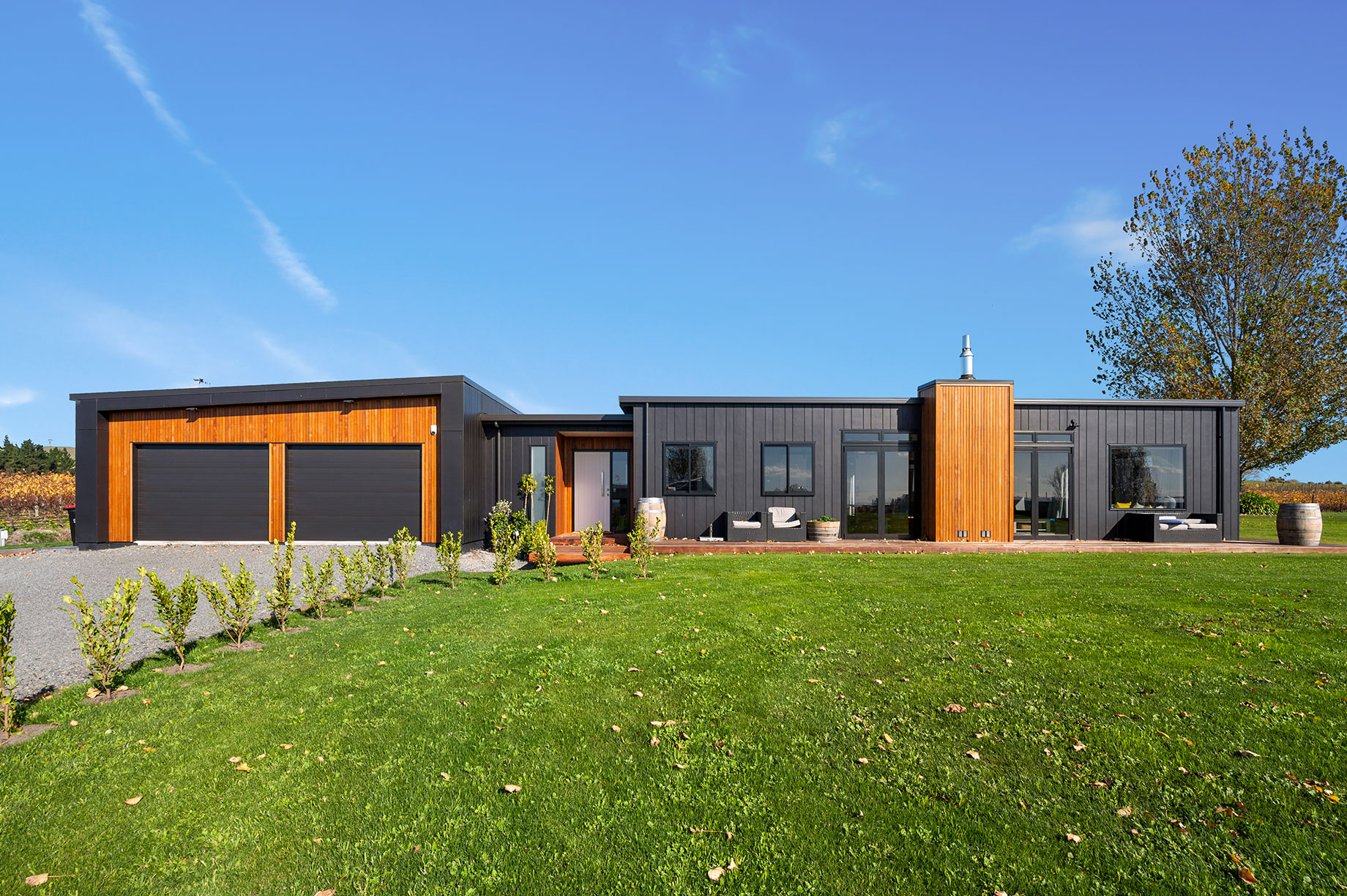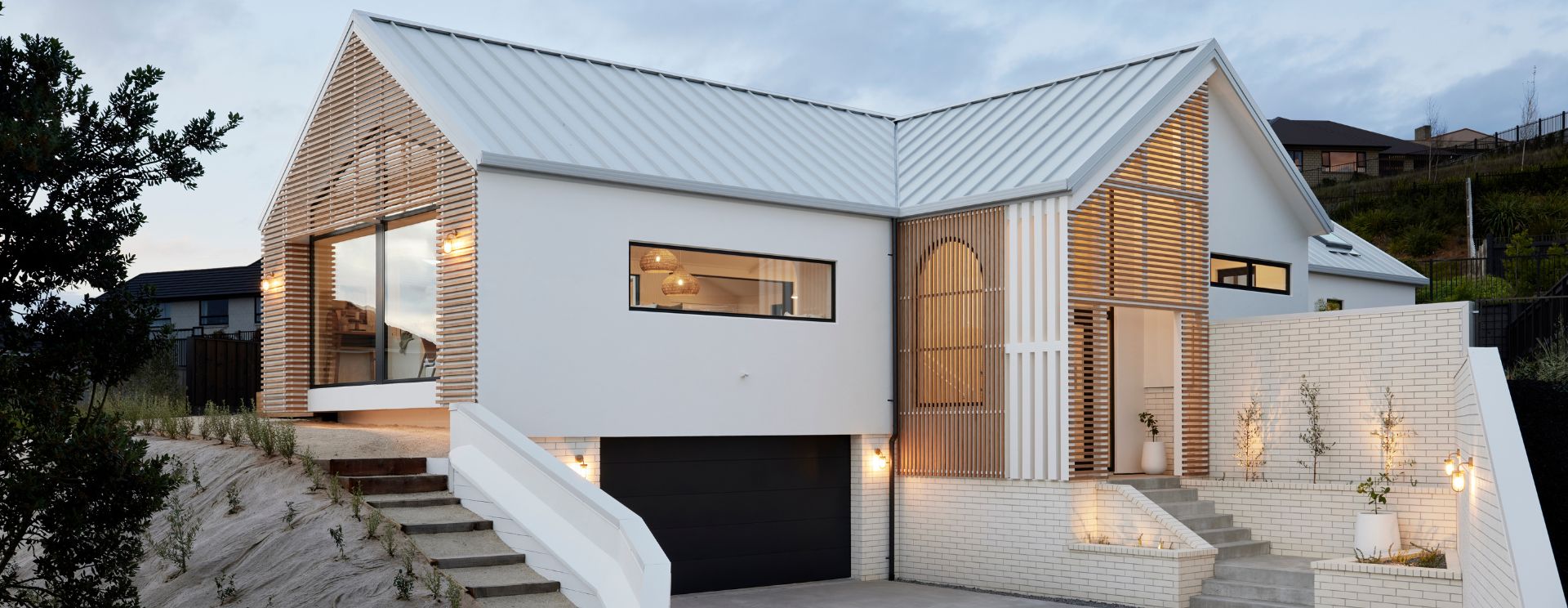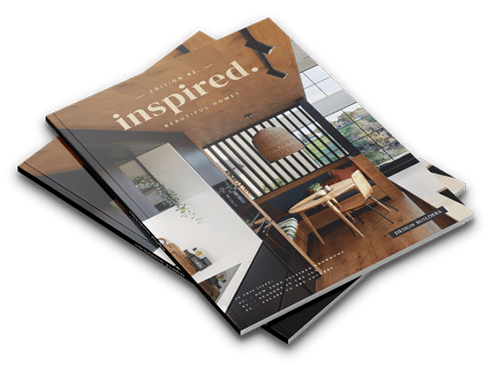In our ever-evolving landscape of construction and real estate, some people are now asking if new homes are becoming more affordable. At a time when costs, from groceries to fuel, only ever seem to rise, are new build prices bucking global trends?
Amid the chatter, opinion and speculation, we can see some interesting patterns which are worth exploring. It’s a mixed bag of developments which seem to challenge the idea that house prices only ever go up.
The situation 18 months ago
To understand what is happening today, we need first to look over our shoulder to 18 months or so ago, when the design and build industry was very different. It was a period of significant inflation.
Take building materials. Acquiring them was extremely challenging in 2020/2021. There were ongoing shortages of most materials, along with a less than reliable supply chain. Design Builders’ creative in-house design team were finding innovative ways to create brilliant one-of-a-kind homes by specifying alternative materials.
At the same time, Kiwi subcontractors were stretched thin. With plenty of work on, they didn’t need to return phone calls from building companies. Scarcity of skilled labour naturally effected costs.
To make matters worse, other challenging factors came into play. Including bureaucratic hurdles in obtaining permits, declining land values and rising interest rates. This perfect storm created a difficult environment for house construction.
Fast forward to March 2024. We’re pleased to say that things are looking up, but is the cost of designing and building a new home really going down? Is this perception or reality?
Making a material difference
Today, building materials are readily available and supply chains are strong.
What’s more, some materials have dropped in price over the past year. In the last two pricing cycles, framing timber and steel have seen notable price decreases, of up to 20% and 30%. These are key structural components used in builds. So far, so good.
However, on the other hand, certain materials have increased in price. It’s nothing to do with availability, but everything to do with new thermal efficiency regulations. These are aimed at enhancing energy conservation in new buildings and has pushed up costs associated with window joinery, foundations and other elements.
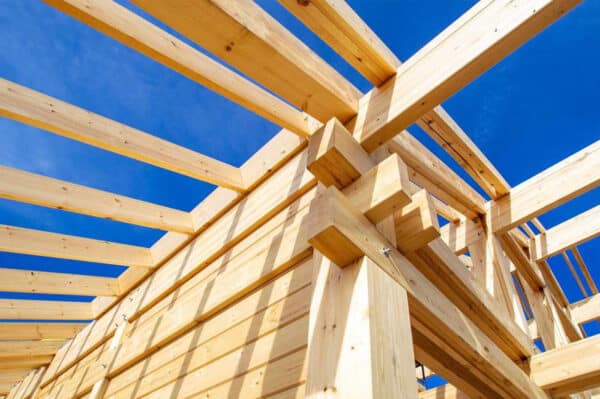
These upgrades will add to overall costs, yet thermal efficiency results in homes that are not only more comfortable, but also more energy efficient. This translates into lower running costs for homeowners in the future. It’s a case of ‘pay more now, to save more later’.
Skilled hands, ready and available
New Zealand’s construction industry is fortunate to have a large workforce of highly skilled subcontractors. As you know, between 2019 and 2022, getting the skilled people we needed to build new homes was challenging.
Today, top-quality Kiwi subcontractors are on hand, ready and available. This will potentially benefit homeowners by offering a wider range of options and potentially more competitive pricing.
Availability of labour can positively effect build times. What once took 14 months to complete can be accomplished in 10. Shorter timelines reduce your exposure to fluctuating costs and contributes to more stable prices.
Don’t bank on land values
Naturally, the cost of land will always be a significant factor in the overall affordability of new homes. Changing land values can influence property prices and vice versa. And, right now, there are early indications of growth in the property market. Some economists are also predicting ongoing appreciation in property values. However, we would be all hard-pushed to predict the effect that this will have on the cost of buying land over the next few years.
A question of affordability
Land prices aside, we see that our industry is making the transition from a period of high inflation, along with supply and labour constraints, to a more balanced environment. The tide has turned. But does this mean new home builds are now more affordable?
It’s not a simple ‘yes’ or ‘no’ answer. Instead, it is a relatively complex situation driven by nuances. The devil is in the details.
While the costs of some materials decreases, and competition among subcontractors increases, regulatory changes and other market dynamics add complexities and cost. Therefore, there are many factors, each contributing to the overall affordability of new homes.

The advantage of choosing Design Builders
We believe that if you’re looking to commission a new home you should take advantage of the prevailing situation. It’s the best it’s been for several years. Simply put, now is the time to seize the opportunity. There are also some very good reasons why you should get in touch with Design Builders:
• Finalising your decision to commission a new home and committing to it sooner rather than later means that Design Builders is well-positioned to negotiate the best prices for you.
• Despite economic uncertainty, right now there is currently a level of certainty around material supply and prices.
• Achieving a truly fixed contract is much more feasible now especially as we predict market activity will be picking up later this year.
• Right now, we can confidently approach suppliers and request their commitment to finalising deals, and they’re more likely to accommodate your needs.
• Design Builders have the construction knowledge, direct supplier contact and architectural design expertise under one roof – we can design and build the best value home for you.
If you would like to know more, please get in touch with us for a free, no-obligation chat about creating a one-of-a-kind home for you and your family.



